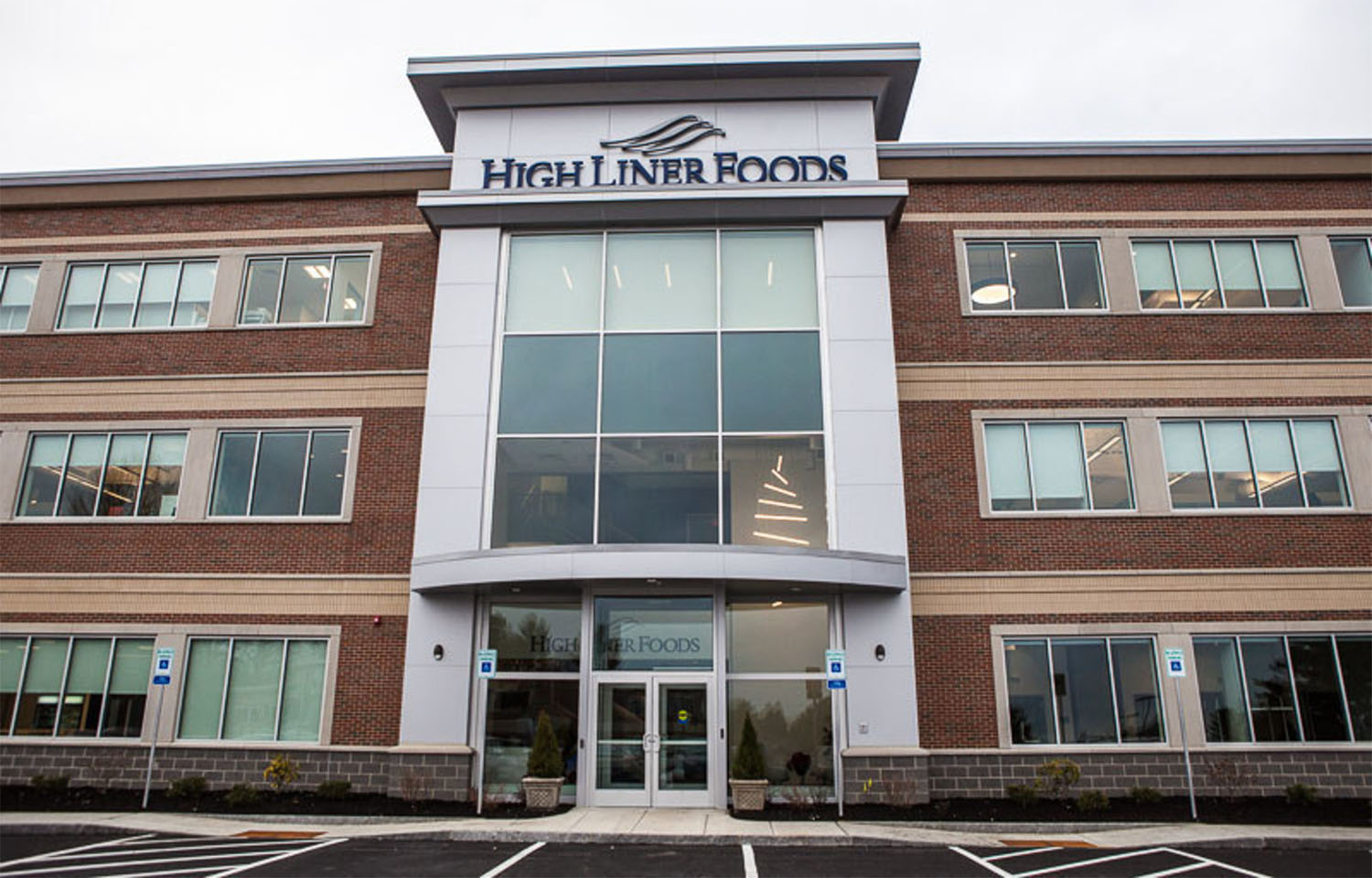Lunenburg, Nova Scotia, Canada-based High Liner Foods reported a significant drop in sales but an increase in earnings as the company normalized its inventory in the first quarter of 2024.
In its Q1 2024 results, High Liner revealed its sales volume decreased to 67 million pounds, a drop of 13 percent, or 10 million pounds, from the 77 million pounds recorded in Q1 2023. Sales value decreased as well, dropping to USD 277 million (EUR 254 million) from USD 329.2 million (EUR 360.7 million), a decrease of 15.9 percent, or USD 52.2 million (EUR 48 million).
As the company’s volumes and sales value both declined, its gross profit as a percentage of sales and adjusted earnings before interest, taxes, depreciation, and amortization (EBITDA) increased. The company’s gross profit in Q1 2024 declined slightly to USD 65.5 million (EUR 60.2 million) from USD 68.4 million (EUR 62.9 million) in Q1 2023, a decrease of USD 2.9 million (EUR 2.6 million), or 4.2 percent. Gross profit as a percentage of sales, however, increased to 23.6 percent, compared to 20.8 percent.
High Liner’s adjusted EBIDTA increased to USD 34.2 million (EUR 31.4 million) in Q1 2024, up by USD 3 million (EUR 2.7 million), or 9.6 percent, compared to Q1 2023. Cash flows from operations also increased to an inflow of USD 17.5 million (EUR 16.1 million), up USD 4.6 million (EUR 4.2 million), or 35.7 percent, from an inflow of USD 12.9 million (EUR 11.8 million) during the same period a year prior.
"We strengthened the profitability of our business during the first quarter, setting us up well to return to adjusted EBITDA growth for 2024," High Liner Foods President and CEO Paul Jewer said.
The Q1 results came after High Liner’s earnings dropped in 2023 amid “challenging” market conditions. Jewer said that steps the company took in 2023 are paying off in 2024.
"The steps we took last year to accelerate the return to normalized inventory levels helped drive margin improvements during the first quarter, which was also supported by a more profitable mix and lower costs in our business,” he said.
Jewer said the positive results also came as the company continues to deal with headwinds in the seafood industry, which includes a “highly competitive promotional environment” in the retail marketplace and softer volumes in the foodservice segment as customers reduced dining frequency or traded down to lower-cost alternatives. The loss of some sales in that segment impacted High Liner’s processing, as the lower-margin contract manufacturing business “helps support plant efficiencies.”
Jewer said the company has now secured a “significant new business contract” that should help offset some of those declines in the second half of the year but that some of the headwinds were related to overall market conditions – and to competitors.
“Undoubtedly, the biggest headwind in the market across all industries during the first quarter was the price sensitivity of the consumer and emphasis on value,” Jewer said. “Consumers are responding to challenging economic conditions by trading down in both retail and foodservice, and competitors are engaging in deep discounting.”
High Liner Foods Chief Commercial Officer Anthony Rasetta said the aggressive discounting could have been related to high inventory – but that has likely normalized.
“I do think that some of the activity by some others in the category may have been driven by inventory that they were still moving through in terms of some of the promotional activity that we saw, but we think that is probably now largely behind the industry,” he said.
High Liner managed to avoid impacts from high levels of inventory due to its initiatives in 2023, he said.
“We were able to hold share in U.S. retail by really doubling down on the premium side of our portfolio,” he said.
Rasetta also said High Liner's premium retail brands saw success with promotions and advertising due to consumers seeking a more restaurant-like experience at home for less money.
Looking forward, Jewer said High Liner is still open to mergers and acquisitions but is ,,,








